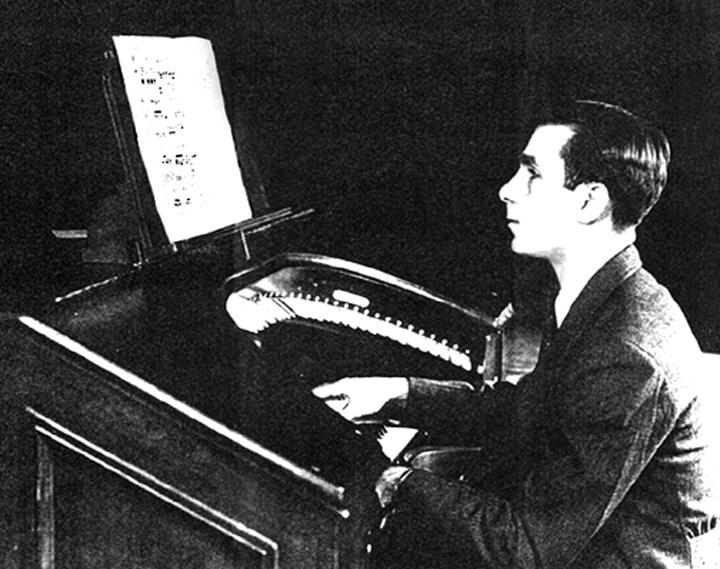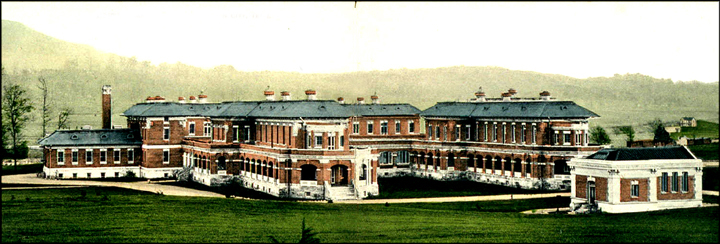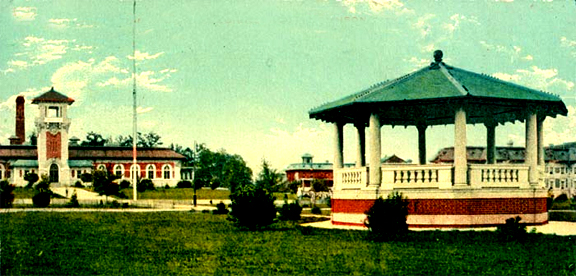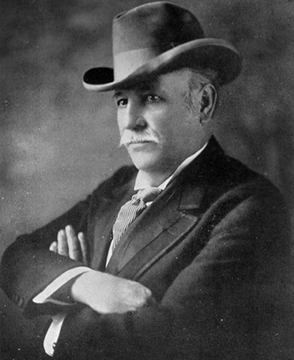Today's column deals with the stirring news of the grand opening in June 1926 of the Majestic Theatre's new $20,000 Wurlitzer pipe organ. The information was gleaned from a full-page advertisement sent to me by Jerry Honeycutt, a frequent contributor to my articles.

In the summer of 2010, I wrote a column about the purchase of the new organ, noting that it was later donated to Milligan College where Prof. Edward Lodter played it for a weekly Sunday afternoon broadcast over WJHL radio.

The complex musical instrument was constructed in 1926 in North Tonawanda, NY with two manual keyboards and 511 tubes (seven racks with each containing from 61 to 97 individual pipes). The unit arrived in the city from Cincinnati on a Southern Railway train. Company technicians placed the pipes in concrete-lined chambers that were bored into the walls of the theatre.
The pricey device provided background music in an age of silent movies to audibly supplement the action being shown on the movie screen. It produced numerous special effects: a train whistle, airplane, ocean surf, sirens, bells, horses hoofs and numerous others. When ‘talkies’ appeared in 1927, the need for the organ diminished and was relegated for patriotic sing-alongs, organ concerts and recitals.
“For Your Approval,” said the newspaper ad, “accurately defines the policy and intent of the management of the theatre in the recent installation of this mammoth organ, the latest type to be developed by Wurlitzer.”
A Mr. Wilson, described as a noted theatre organist and composer of numerous numbers, played classical and popular music. His years of training on Wurlitzer theatre organs gave him perfect control of the hundreds of special effects which were built into the instrument, enabling him to produce virtually every sound needed to furnish perfect accompaniment to any and all theatre productions.
During “Opening Week,” the management extended to every patron an invitation to visit them at 239 E. Main and to pay particular attention to the organ preludes that preceded each program.
Patrons who visited the theatre weeks prior to the grand opening noted increased activity throughout the building that was done mostly at night to prevent disruption of programs. In addition to the new organ, work included the installation of new cozy and comfortable opera chairs that increased the enjoyment of the programs. Thousands of dollars were invested in the upholstered chairs.
Other work included the installation of the most complete and perfect cooling system obtainable anywhere in that era. Huge blowers pumped a steady flow of fresh air into the theatre, which spread it throughout the auditorium in a scientific manner so as to prevent drafts and to maintain a steady pleasant temperature in the theatre. This, they said, made the theatre “the coolest place in town,” making it ideal for watching movies and programs.
A general renovation and redecoration of the interior of the theatre was made by adding modest touches, all aimed at increasing comfort and pleasure for customers.
The company further noted that special features, choice programs and improved services were an ongoing focus as specified in the Public Theatre policy, which had been announced some months earlier.
The movie on Monday and Tuesday that week was the Paramount production of “That's My Baby,” starring Douglas MacLean. A “short” was then shown along with their “Majestic News” feature. A newspaper ad said, “'Yes Sir, That's my baby; Doug's best and we don't mean maybe; some title, some picture, some gags, some laughs.”
The Wednesday showing was “Wild Justice,” featuring Peter the Great, the newest and best known German Shepherd dog star of 1926. Thursday and Friday brought about the featured “His People,” along with comedy, news and novelty.
The organ's demise is not a happy one; it was sold in 1972 to an individual whose residence was afterward destroyed by fire, bringing a dramatic end to the prized relic.









